In the ever-evolving story of our planet, climate change stands as a formidable protagonist, reshaping ecosystems and challenging the survival of countless species. As temperatures rise and weather patterns shift, wildlife faces unprecedented challenges. In this blog post, we will look at the world’s diverse and valuable wildlife. We will find out How Will Climate Change Affect Wildlife.
Contents:
- Shifting Habitats
- Altered Migration Patterns
- Threats to Reproduction
- Ocean Acidification
- Increased Extinction Risk
- Ecosystem Disruption
- Conservation Challenges
- Global Collaborative Solutions
Shifting Habitats:
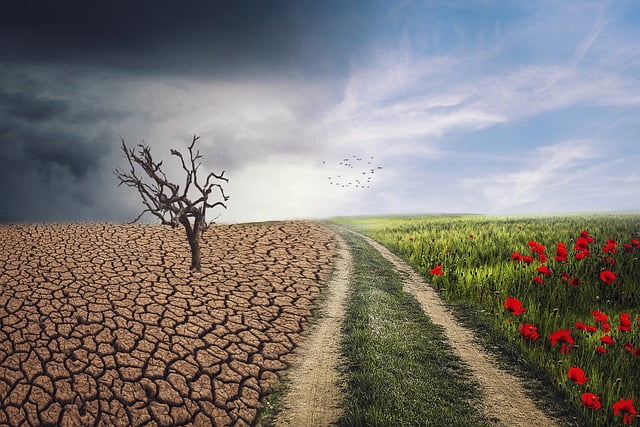
One of the most palpable consequences of climate change is the alteration of habitats. As temperatures rise, many species find themselves in environments that no longer provide the conditions essential for their survival. Arctic and alpine species are currently experiencing the swift deterioration of their icy habitats, prompting some to migrate towards elevated altitudes or latitudes in pursuit of more hospitable climates.
Read More: Effect Of Climate Change On Earth
Altered Migration Patterns:
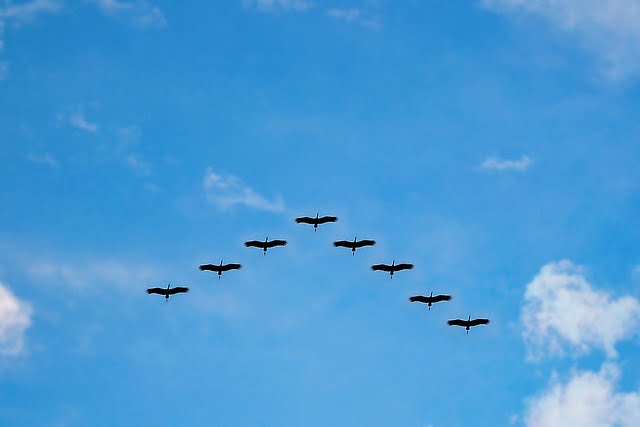
Wildlife migration patterns, finely tuned over generations, are being disrupted by climate change. Birds, mammals, and marine species rely on seasonal cues for migration, reproduction, and feeding. Changes in temperature and food availability are throwing these delicate schedules into disarray, leading to mismatches between the timing of migrations and the availability of resources.
Read More: Unbelievable Natural Phenomena: A Glimpse into the World’s Wonders
Threats to Reproduction:
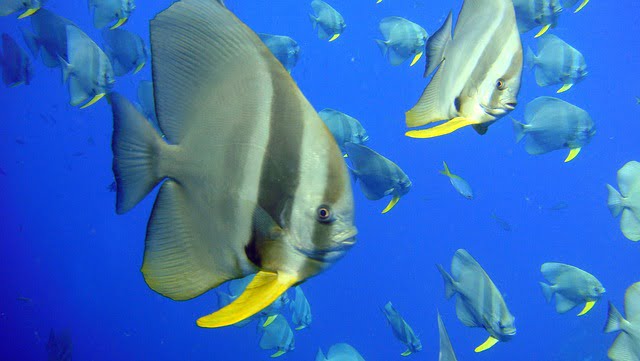
Rising temperatures and altered precipitation patterns impact the reproductive success of many species. For marine life, including coral reefs, the warming of oceans disrupts reproductive cycles and leads to the bleaching of corals, endangering entire ecosystems. On land, changes in vegetation and food availability affect breeding and nesting habits for various species.
Read More: 8 Transformative Ways to Infuse Positive Effects into Our Lives
Ocean Acidification:
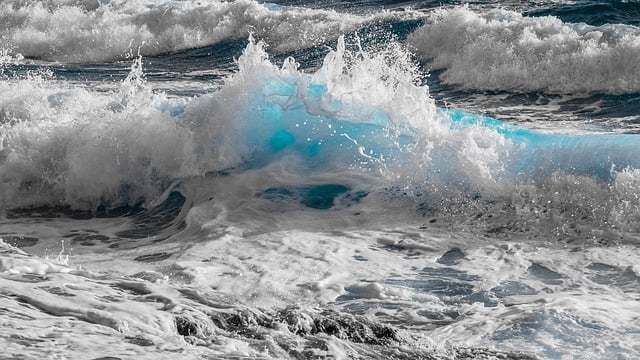
The absorption of excess carbon dioxide by the world’s oceans is causing a phenomenon known as ocean acidification. This acidification poses a serious threat to marine life, particularly organisms with calcium carbonate shells, such as corals, mollusks, and certain plankton species. As their habitats become more acidic, the survival of these species is jeopardized.
Read More: 5 Elements of Nature and Their Relation With the Human Body
Increased Extinction Risk:
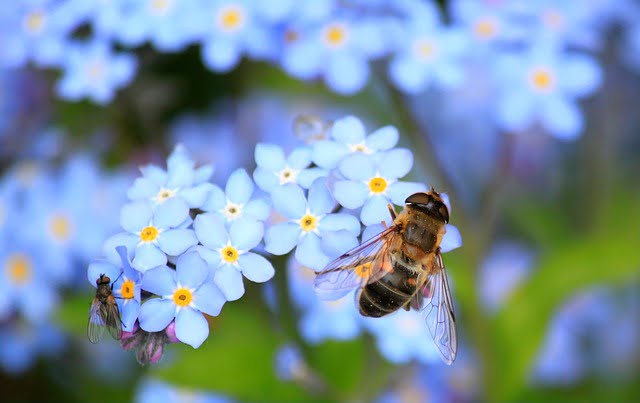
The pace at which climate change is occurring often surpasses the ability of many species to adapt. This acceleration increases the risk of extinction for numerous plants and animals. Iconic species like polar bears, whose survival is intricately tied to sea ice, face an uncertain future as their habitats rapidly diminish.
Read More: Why We Need to Visit Natural Places
Ecosystem Disruption:
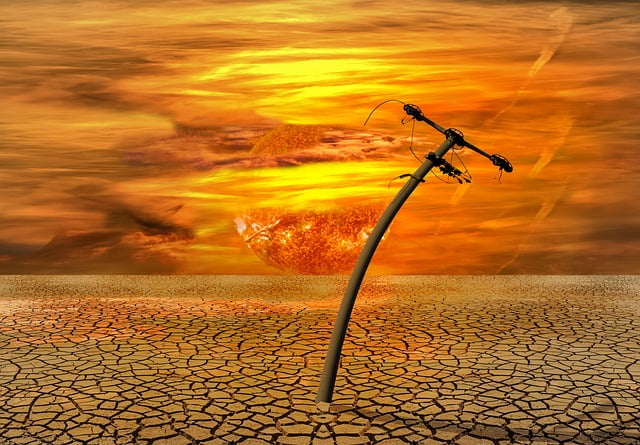
Wildlife exists within intricate ecosystems, where each species plays a specific role. Climate change has the potential to disrupt these delicate balances. For example, changes in temperature and precipitation can lead to shifts in the distribution of plant species, affecting the herbivores that depend on them, and subsequently impacting the predators in the ecosystem.
Read More: How Does Nature Impact Our Wellbeing
Conservation Challenges:
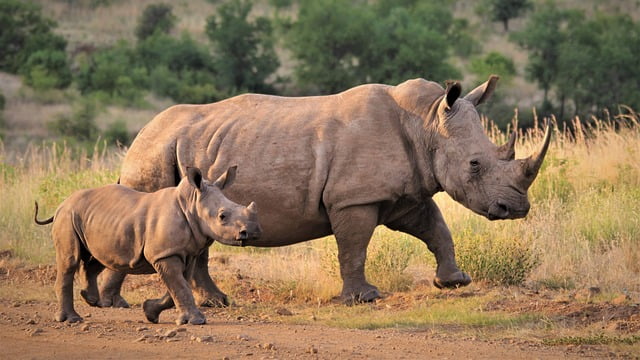
Climate change poses unprecedented challenges for conservation efforts. Conservation strategies developed based on historical climate patterns may become obsolete as habitats shift. Dynamic and adaptive conservation measures are required to address the evolving needs of wildlife in the face of a changing climate.
Read More: 10 Human Problems That Only Nature Can Solve
Global Collaborative Solutions:

Tackling the impact of climate change on wildlife necessitates global collaboration. Nations, organizations, and individuals must work together to reduce greenhouse gas emissions, protect critical habitats, and implement adaptive management strategies to safeguard the planet’s biodiversity.
Read More: Why Are There More Natural Disasters Now Compared To Before?
Conclusion:
As climate change continues its relentless march, the fate of wildlife hangs in the balance. The intricate web of life on Earth is under threat, and the consequences of inaction are profound. By understanding the impact of climate change on wildlife and advocating for sustainable practices, we can strive to ensure a future where the world’s diverse species not only survive but thrive in harmony with their ever-changing environment. It is a call to action, a call to protect the irreplaceable richness of our planet’s wildlife for generations to come.
